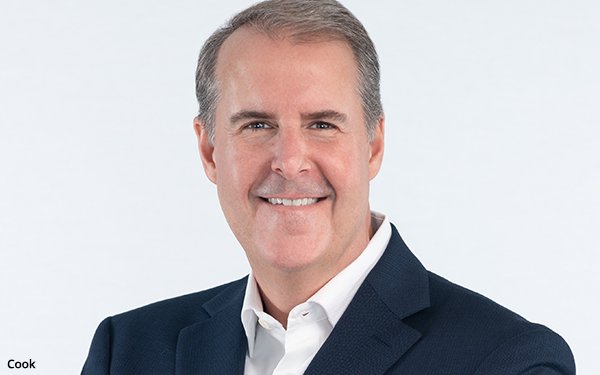
Long-term brand
equity, not short-term clicks, drives sustainable growth.
Over the past decade, marketing has undergone a seismic shift toward performance-driven tactics. Armed with
dashboards, attribution models, and AI-fueled targeting, CMOs have optimized for short-term wins. Performance marketing brought precision and accountability. But here's the hard truth: you can’t
performance-market your way to $1B.
As the performance era matures, the winners won’t just optimize for clicks—they’ll build brands that compound
value. The pendulum is swinging back toward balance. In an age of signal loss, AI, and rising CPMs, brand may be the last true competitive advantage.
The Fallacy of
Full-Funnel Performance
advertisement
advertisement
Performance marketing excels in the mid and lower funnel—demand capture, retargeting, conversion. But it cannot create large-scale
demand. Without building a strong brand foundation first, performance becomes a treadmill—fast, expensive, and exhausting.
The inverse is also true: at companies
like Showtime, Disney, and PlayStation, we ran award-winning brand campaigns that lifted awareness, consideration, and—crucially—pricing power and customer lifetime value. When brand
equity grows, performance gets easier, cheaper, and more profitable.
Signal Loss Is Real (And Brand Is the Antidote)
With third-party
cookies fading, iOS privacy restrictions expanding, and new regulations reshaping digital marketing, performance alone is losing its edge. AI helps—but it can only work with the data it’s
fed, and that data is getting thinner and more fragmented.
Brand transcends the click—building recall, preference, and emotional connection before customers even
enter the buying cycle.
Warren Buffett—one of the most successful judges of business value in modern history—famously underscored the irreplaceable power of
brand by saying:
“So,
you've got to protect a brand, you've got to enhance it in every way. You've got to get a promise in people's minds that gets delivered that way.” And brand building isn’t just for Fortune 500s. At Gamut, an OTT ad tech company, we grew revenue 6x—surpassing $100M—by building a brand rooted in
purpose and performance. The result? A brand that stood out in a commoditized ad tech landscape—and an organic sales pipeline that grew faster because of it.
Brand + Performance = Compounding Growth
Brand creates demand—and performance captures it. Smart CMOs treat brand like an asset
class—investing in it, measuring it, and aligning it to business outcomes.
Here are three practical ways to do that:
Brand First Strategy: Lead with brand strategy before media buying. The message matters more than the
algorithm.
Build Content with Depth: Invest in customer stories, founder perspectives,
and product narratives that travel across platforms.
Link to Revenue: Use econometrics
and analytics modeling to show how brand spend drives long-term organic sales lift—and higher profits—compared to short-term conversions.
What Got You to $100M Won’t Get You to $1B
Scaling a business requires customers to think, feel, and believe that your company or product is
their top choice. Brand creates that emotional buy-in—internally and externally. It fuels recruiting, investor confidence, and customer loyalty.
CMOs who ignore
brand are playing the game with one arm tied behind their back. The winners in the next decade will integrate brand into every layer of their go-to-market strategy—from demand generation to
customer experience.
In the marketing classic Positioning: The Battle for Your Mind, Al Ries and Jack Trout
wrote:
“Today, communication itself is the problem. We have become the world's first over-communicated society. Each year, we send
more and receive less.” “There are just too many products, too many companies, and too much marketing noise.” Those words were written in 1981—yet they’ve never felt more relevant. Decades later, the same challenge remains: how to be seen
and remembered.
Brand is not a trade-off. It’s a multiplier.
The best way to cut through the clutter of today’s
marketplace is to build a brand that’s memorable, meaningful, and attracts customers to you. When customers think of your category, they should think of your brand first—and tune out the
rest.
With a powerful brand, you don’t have to pay customers to enter your store—you just have to graciously open the door.
If
you’re interested in submitting content for future editions, please reach out to our Managing Editor, Barbie Romero at Barbie@MediaPost.com.